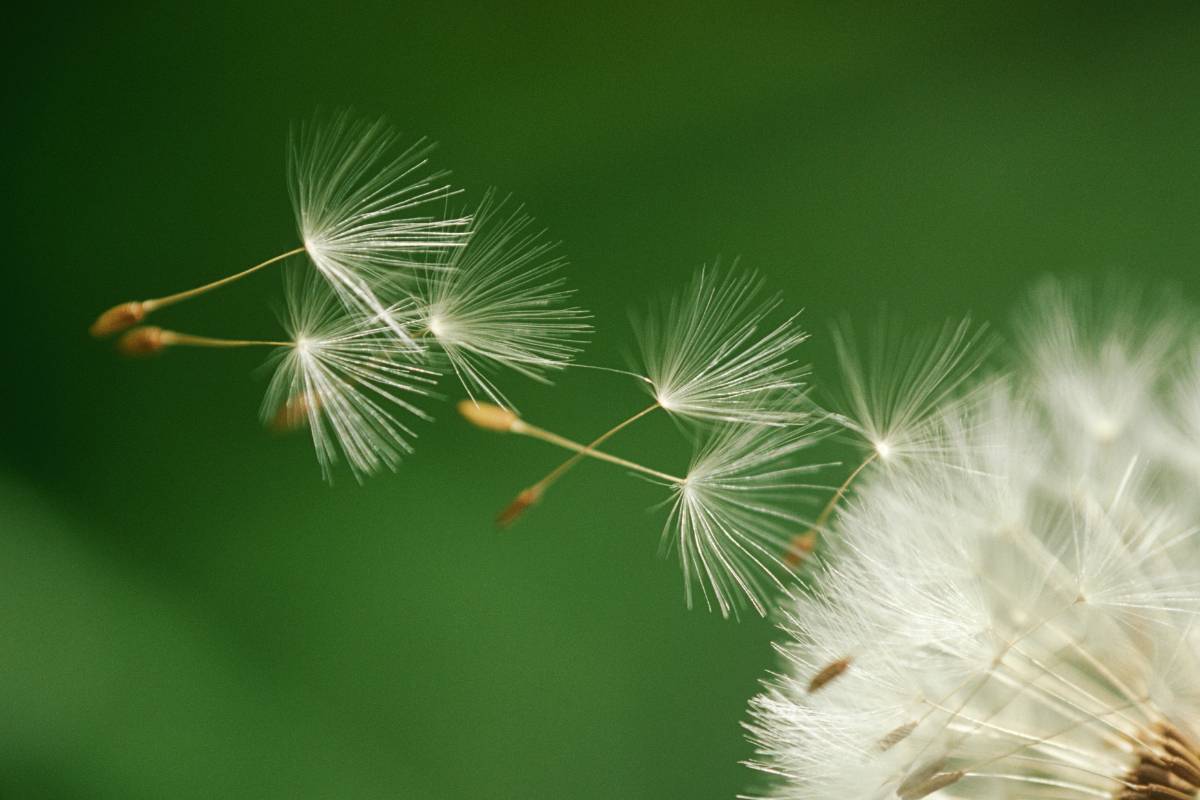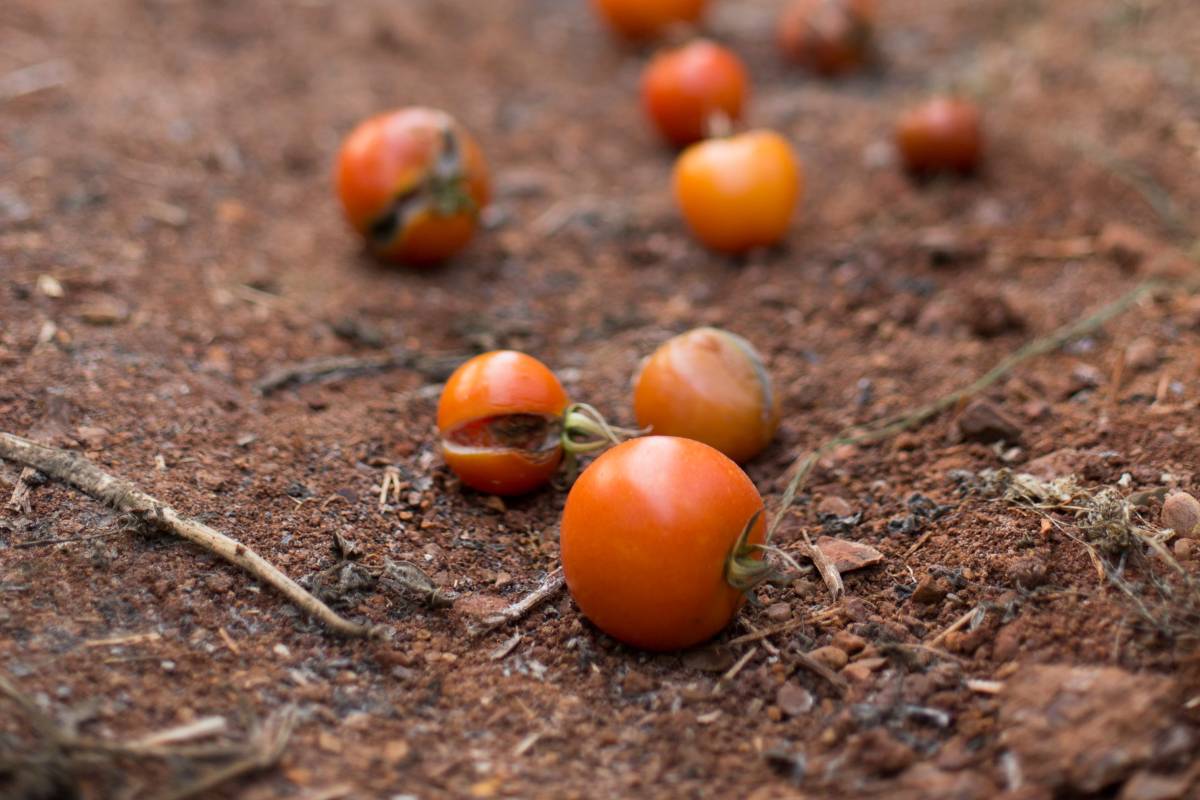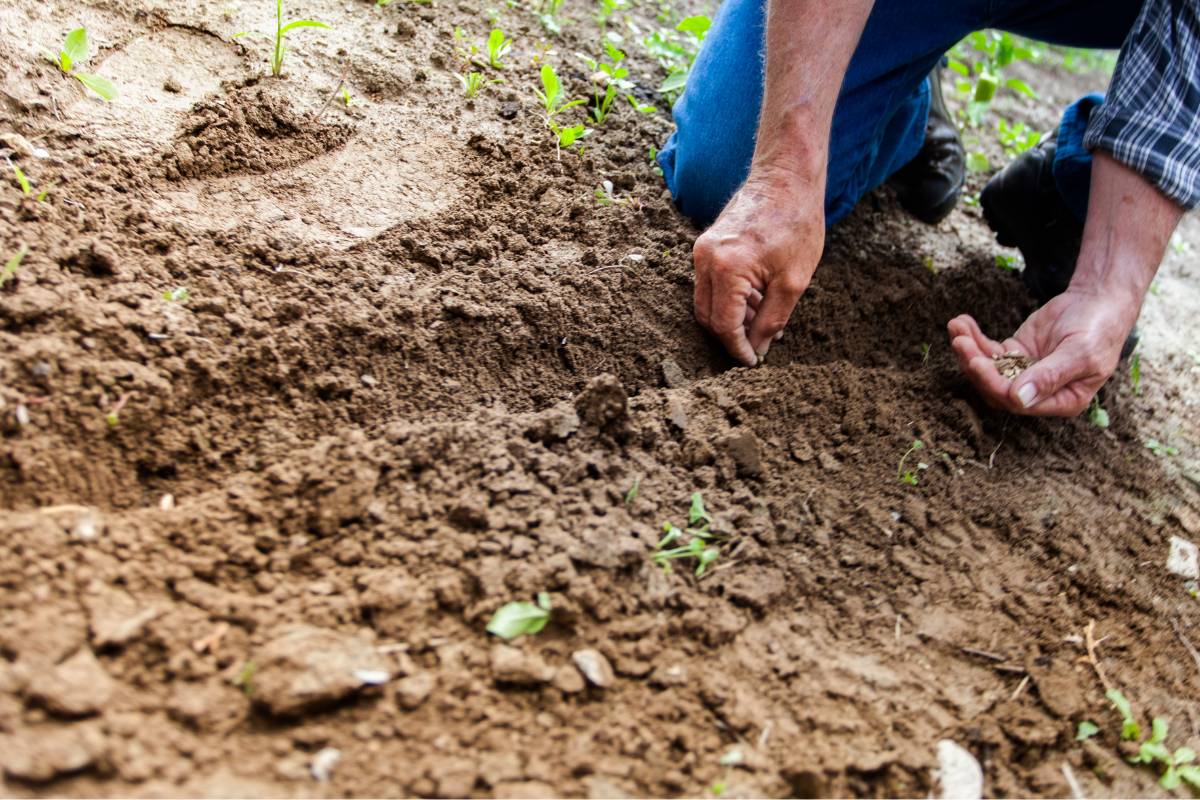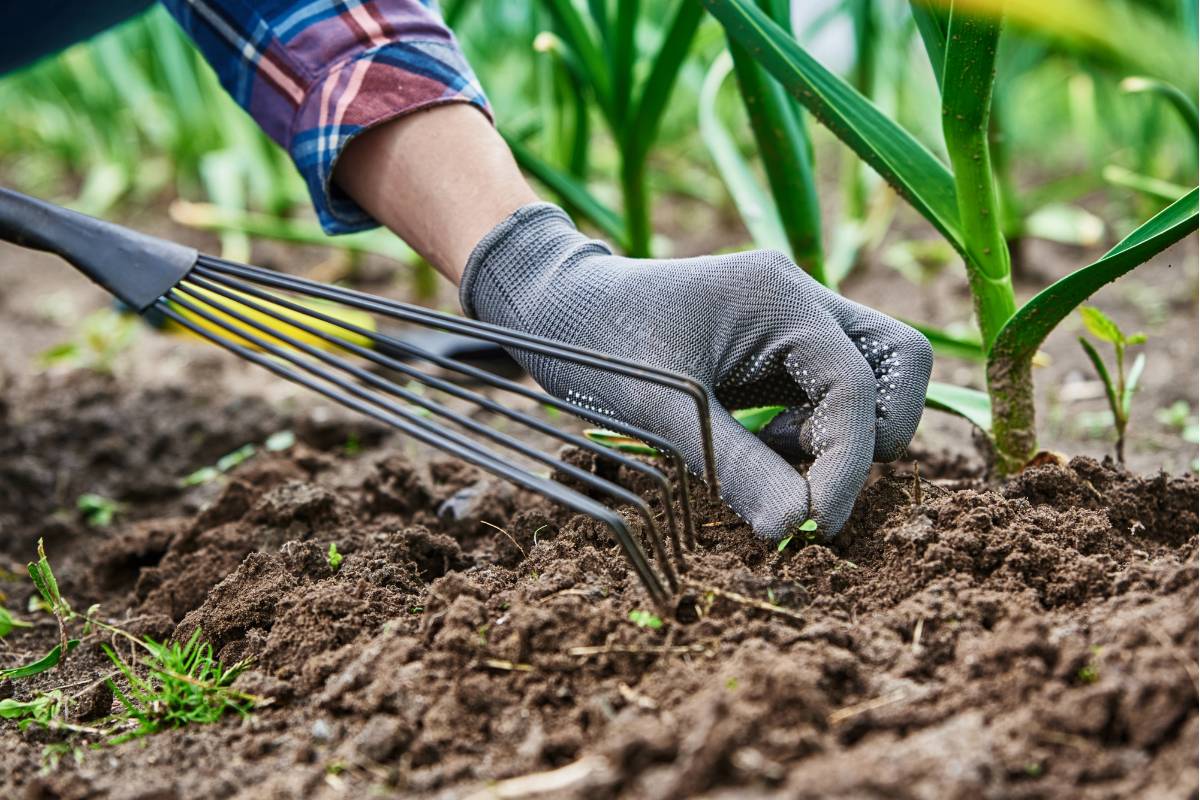Gardeners sometimes find unexpected or unfamiliar seedlings in their carefully tended garden beds, often in just the same spot where they've sown some seeds. The explanation usually lies not in a mislabelled seed packet, but in what’s hiding within the soil.
What Is the Soil Seed Bank?
The soil seed bank is the reserve of viable seeds present in the soil. It includes seeds recently blown, washed or shed onto the surface of the soil as well as dormant seeds that may have been lying in wait for months or even years. Unfortunately, many of the seeds in the soil seed bank are weeds; this is one bank that’s often better for gardeners when it’s poor, not rich!
How Do Seeds Enter the Soil Seed Bank?
While we’re often unaware of it, seeds are ever-present in our environment. Many seeds are blown around in the wind, sometimes travelling large distances. Dropped fruit left to rot on the soil is another source of seeds. Others are transported by animals, either on their fur, in their guts, or by being carried to their nests. Homemade compost, worm castings and even purchased soil mixes are other possible sources of seeds in the soil seed bank.
Why Do These Seeds Germinate First?
The care and attention paid to creating just the right conditions for the seeds you sow is shared by all seeds in the soil, including those hiding within the soil seed bank. When soil is cultivated and watered consistently, as is the case when you plant a seed, the dormancy of some seeds in the soil seed bank will be broken, triggering germination. Sometimes seeds lying deeper in the soil are brought to the surface through digging; at other times, the consistent moisture from watering is all that’s needed to get unwanted seeds growing.
If the seeds you planted take a while to germinate or have special germination requirements, it’s possible that seeds from the soil seed bank will be the first seedlings to emerge. They can then block sunlight to the seeds you planted, with the consequence that the seeds you want to grow may not germinate or thrive.
Consider this example:
You planted a bitter melon seed in your garden bed. You scarified the seed before planting it as instructed on the packet. The expected germination time is 10-15 days.
Lying next to the bitter melon seed is a tomato seed that found its way into your soil seed bank from some home made compost. It has no special germination requirements, and its expected germination time is 5 to 10 days.
Which seed would you expect to germinate first?
While it’s possible for any type of seed in the soil seed bank to sprout, the most common are easy to germinate seeds such as weeds, grasses, tomatoes, squash and pumpkins.
Testing Your Soil Seed Bank
There’s a simple test that helps demonstrate the quantity of seeds present in the soil seed bank. And many gardeners have already done the test without even knowing it!
Weed and cultivate a small section of garden bed as though preparing it for sowing. This soil disturbance alone is often enough to trigger the germination of weed seeds, but for better results water the area every day as though you had planted seeds there. After a couple of weeks you are likely to see a range of different seedlings emerge from the soil; this is the result of a small portion of the seeds from your soil seed bank germinating.
Ways to Manage the Soil Seed Bank
Fortunately, it’s possible to reduce the number of seeds in the soil seed bank over time. Even with the best management practices though, seeds will still enter your soil through factors outside your control, such as wind, rainfall and bird activity.
Here are some ways you can manage your soil seed bank:
- Remove weeds in your garden beds and surrounds before they set seed.
- Deadhead flowers and clean up fallen fruit if you don’t want them to self-seed.
- Don’t leave bare soil in garden beds; mulch or grow a cover crop instead.
- Leave compost to mature fully before spreading it on your soil.
- Use reputable suppliers when purchasing soil mixes and mulch.
Ways to Avoid Mix-Ups With the Seeds You Sow
The most failsafe way to avoid confusing the seeds you sow with ones from your soil seed bank is to raise seedlings in clean punnets in newly purchased seed raising or potting mix, then transplant them to the garden. Don’t use soil from your garden in the punnets, as seeds from the soil seed bank will be brought along with it.
In addition, to avoid mix-ups between wanted and unwanted seedlings:
- Learn to recognise what different seeds look like so you know what you’re planting (the photos on our seed saving guides are a great resource).
- Follow the instructions on seed packets.
- Take note of the expected germination temperature and times of the seeds you sow.
- Learn to recognise seedlings of the plants you’re growing, as well as those of common weeds and grasses.
In the ever-evolving story of your garden, the soil seed bank is a silent protagonist, occasionally springing forth with surprises that disturb your best-laid plans. With a little knowledge and some careful management, it's possible to manage, if not totally avoid, these unexpected (garden) plot twists.









